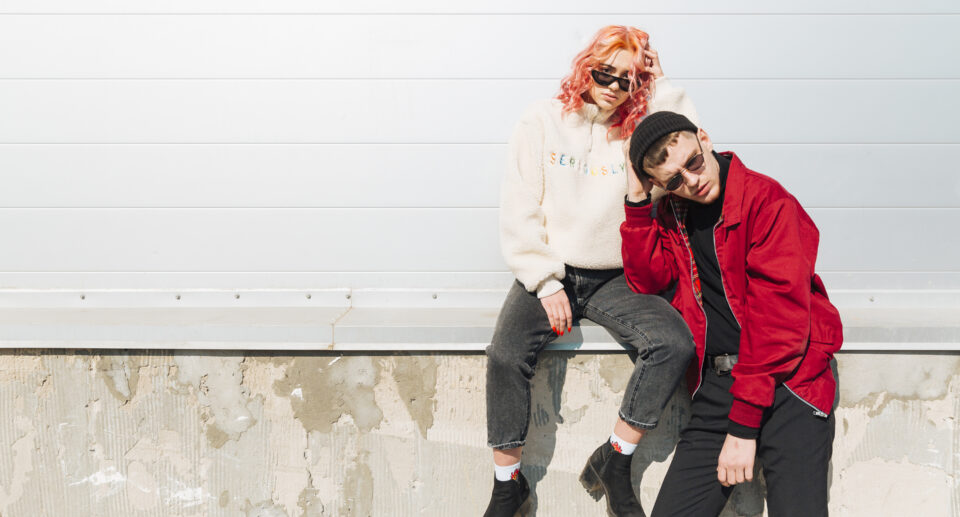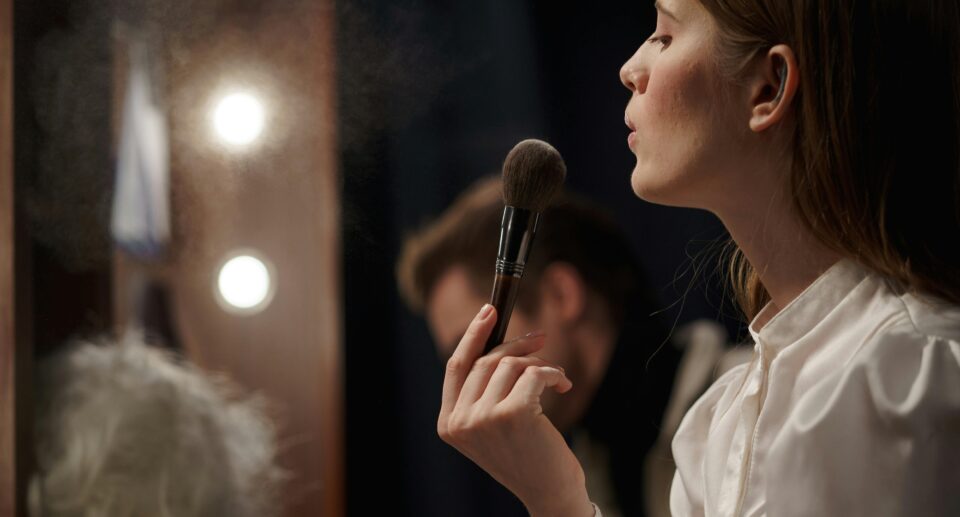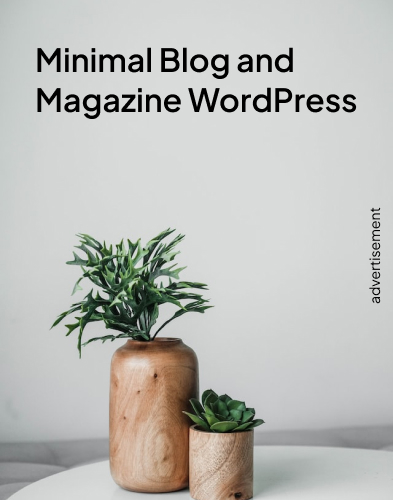Abaya Fashion around the World: Styles, Trends, and Cultural Importance

Across the world, abayas are a common way of clothing for Muslim women. The abaya, while still frequently linked to modesty and religious observance, has developed into a fashion statement that showcases individuality and cultural diversity. This article examines abaya fashion in a number of nations, such as Saudi Arabia, Egypt, Pakistan, and others where abayas are frequently worn by women. Exploring its fashion, trends, and the cultural significance of this ancient item of clothing.
The Cultural and Historical Background of Abayas
The Arabian Peninsula is where the long, flowing black cloak known as the abaya originated. In the past, it was intended to cover the entire body in accordance with Islamic modesty standards. Although the classic abaya is still an integral component of Islamic culture, its style and application have changed as a result of local traditions, prevailing fashions, and personal tastes.
Abaya Styles in Various Countries
1. Saudi Arabian
Cultural Significance: The abaya is more than just a clothing item in Saudi Arabia; it is a symbol of the country’s Islamic heritage. Abayas are worn by women as a symbol of humility and devotion to their religion.
Styles and Trends:
Classic Black Abayas: The traditional black abaya is still widely worn, frequently with a headscarf, or hijab.
Embroidered Abayas: Abayas with elaborate embroidery and extras have been increasingly popular recently. Sparkles, beads, and gold or silver thread are frequently used in these patterns to give them a refined look.
Colored Abayas: While black is still the most common color, colored abayas in pastel, beige, and blue tones are becoming more and more common, especially among younger women.
Designer Abayas: Elegant abayas with distinctive shapes and patterns, crafted from silk and satin, have been introduced by high-end fashion designers.
Fashion Trends: More fashionable and customized abayas are becoming popular in Saudi Arabia. More and more women are searching for modesty-preserving abayas that showcase their individual styles. Abayas that are open and may be layered over other clothing, like as a cardigan, are also growing in popularity.
2. United Arab Emirates (UAE)
Cultural Significance of the United Arab Emirates (UAE): The abaya is a sign of modesty and respect for Islamic customs in the UAE, much like in Saudi Arabia. Nonetheless, the UAE has a noticeably more opulent and experimental fashion scene.
Styles and Trends:
High Fashion Abayas: Abayas have become high fashion products thanks to Dubai, which is well-known for its opulent fashion scene. Abaya collections have been released by companies like Dolce & Gabbana with an eye toward the UAE market.
Creative Cuts and Materials: Abayas in the United Arab Emirates frequently have asymmetrical patterns, contemporary cuts, and premium materials. Popular options include lace, silk, and chiffon.
Vibrant Colors and Designs: Although black is still the standard, abayas with distinctive textures, vivid colors, and patterns are also commonly worn.
Statement Capes and Sleeves: Abayas that incorporate capes, flared sleeves, and other striking details are fashionable right now, demonstrating the impact of worldwide fashion trends.
Fashion Trends: Adopting both traditional and modern styles, the UAE is leading the way in abaya wear. It is a broad market that serves ladies who want intricate designs for special occasions as well as basic abayas for daily wear.
3. Egypt
Cultural Significance: The abaya is one of the many traditional clothing items worn by Egyptian women. It’s not as common as in the Gulf countries, but it has religious and cultural significance.
Trends and styles:
easy to wear: Egyptian abayas are typically simpler and more functional, suitable for daily wear. They are often composed of lightweight textiles appropriate for hot climates.
Urban Influence: Abayas in metropolitan settings may be more modern and fitted, with contemporary fashion aspects incorporated.
Traditional needlework: Abayas featuring traditional Egyptian needlework and motifs are very popular, combining cultural history with current trends.
Casual & Every day Wear: Many Egyptian women choose casual abayas that may be worn throughout the day, typically in neutral colors such as black, brown, and gray.
Fashion Trends: In contrast to the Gulf, Egypt’s abbaya style is typically a bit darker. Younger women are, nevertheless, increasingly choosing more fashionable, contemporary abayas that are appropriate for a variety of settings.
4. Pakistan
Cultural Significance: The abaya is a modern garment that is mostly worn in urban and conservative parts of Pakistan; it is less of a traditional garment. It denotes respect to religion and decorum.
Style and Trends:
Bright and Embroidered: Pakistan’s rich textile legacy is reflected in the country’s abayas, which are frequently bright and embellished with elaborate embroidery, lace, and beads.
Seasonal Materials: In Pakistan, abayas are fashioned of different materials depending on the season. For example, cotton is used for summertime, while velvet or wool is used for winter.
Fusion Styles: Abayas that combine the traditional Pakistani garment elements of the kameez and dupatta with the abaya style are becoming more and more popular.
Practical designs: Many abayas are made with pockets and zippers to make them functional and modest while yet meeting daily necessities.
Fashion Trends: Local aesthetic traditions and modern trends have an impact on the broad range of abaya fashion in Pakistan. Women frequently select abayas that combine tradition and contemporary by dressing them for both formal occasions and informal get-togethers.
5. Indonesia
Cultural Significance: Known as “gamis” in Indonesia, the abaya is a popular choice for Muslim women, representing their cultural identity and Islamic beliefs. It is especially common on formal occasions and during religious ceremonies.
Styles and Trends:
Vibrant Colors and Patterns: In keeping with the lively cultural aesthetic of the nation, Indonesian abayas frequently have vivid colors and striking patterns.
Styles: Abayas with asymmetrical patterns, flaring skirts, and sleeves resembling batwings are fashionable.
Lightweight Fabrics: Because of Indonesia’s tropical environment, abayas are typically made of breathable, light materials like cotton and chiffon.
Layered Looks: Wearing layered abayas with matching hijabs to create a flowing, graceful silhouette is a current look.
Fashion Trends: Local customs and contemporary fashion trends have a big impact on Indonesian abaya style. Comfort and usefulness are prioritized, with a dash of style and grace reserved for special events.
6. Turkey
Cultural significance: The significance of the abaya commonly referred to as “tesettür,” in Turkey’s culture lies in its ability to convey both religious observance and a sense of cultural identity. It is frequently worn by women who like modest clothing.
Styles and Trends:
Tailored and Elegant: Turkish abayas are frequently made with an eye toward an urbane, sophisticated style.
Subdued Patterns and Tones: Subdued patterns and textures are frequently seen with muted tones like black, gray, and beige.
Blending in with Western design: Turkish abayas are adaptable for a variety of occasions since they frequently have Western design components, such as trench-coat shapes.
Seasonal Fabrics: Turkish abayas, like those in Pakistan, are made using materials that are in style and comfort throughout the year.
Fashion Trends: The elegant and adaptable styles of Turkish abaya fashion are what set it apart. Western fashion has had a significant influence, resulting in a distinctive combination those appeals to contemporary, urban ladies.
7. Iran
Cultural Significance: The abaya bears resemblance to the “chador,” a full-body cloak worn by several women, particularly in more traditional areas of the country. In Iranian culture, the chador is a deeply ingrained sign of modesty and religious commitment.
Styles and Trends:
Traditional Black Chadors: In more conservative communities, the traditional black chador is still worn widely. Usually simple, it fully envelops the body.
Contemporary Modifications: In metropolitan regions, contemporary chador and abaya variants are available that feature softer materials and understated patterns.
Color and ornaments: Although black is still the most popular color, some women choose to wear abayas and chadors with muted hues and sparse ornaments.
Comfort and Practicality: Abayas and chadors are fashioned of different fabrics to fit different weather situations, which ensure comfort and practicality given Iran’s varied environment.
Fashion Trends: Iranian abaya attire strikes a balance between tradition and contemporary. Although the classic black chador is still important, new fashionable and functional variations are becoming more and more popular, meeting the needs of modern women.
Diverse names and styles of abaya
The classic abaya, which goes by several names in different places, is a reflection of the cultural diversity seen in Muslim communities all around the world. It is commonly referred to as a kaftan in the Middle East and North Africa, while in Libya, it is called a malhafah. Many Islamic countries have adopted the niqab, which covers the face except for the eyes; in the Gulf, a bushiyya is a similar garment. The variation with patterns and color is called mukhawar in Yemen. In the Middle East, people wear long robes called thobes (or thawbs), while in Afghanistan, Pakistan, and India, people wear burqas, which cover the whole body except for the face and have a mesh screen. The abaya-like clothing is referred to as gamis in Indonesia and Malaysia, whereas another variation worn in these areas and the Arab world is the jilbab. Morocco and Algeria are home to the long, loose robe known as the djellaba (or jellaba), which has a hood. These varied styles demonstrate how the original abaya has been modified to accommodate cultural and climatic requirements while upholding the Islamic dress norms of modesty and respect.











2 Comments
Superb website you hav here buut I was wanting to know iff you knew
of any discussion boards that cover the same topics talked about here?
I’d really like to be a part oof online community where I can get
comments from other knowledgeable individuals that share the same interest.
If you have any suggestions,please let me know. Kudos! https://www.Waste-ndc.pro/community/profile/tressa79906983/
Superb website you have here but I was wanting to kow if you knew of any discussion boards that cover the
same topics talked about here? I’d really like to be a part of
online community where I cann get comments from other
knowledgeable individuals that share the same interest. If you have any suggestions,
please let me know. Kudos! https://www.Waste-ndc.pro/community/profile/tressa79906983/